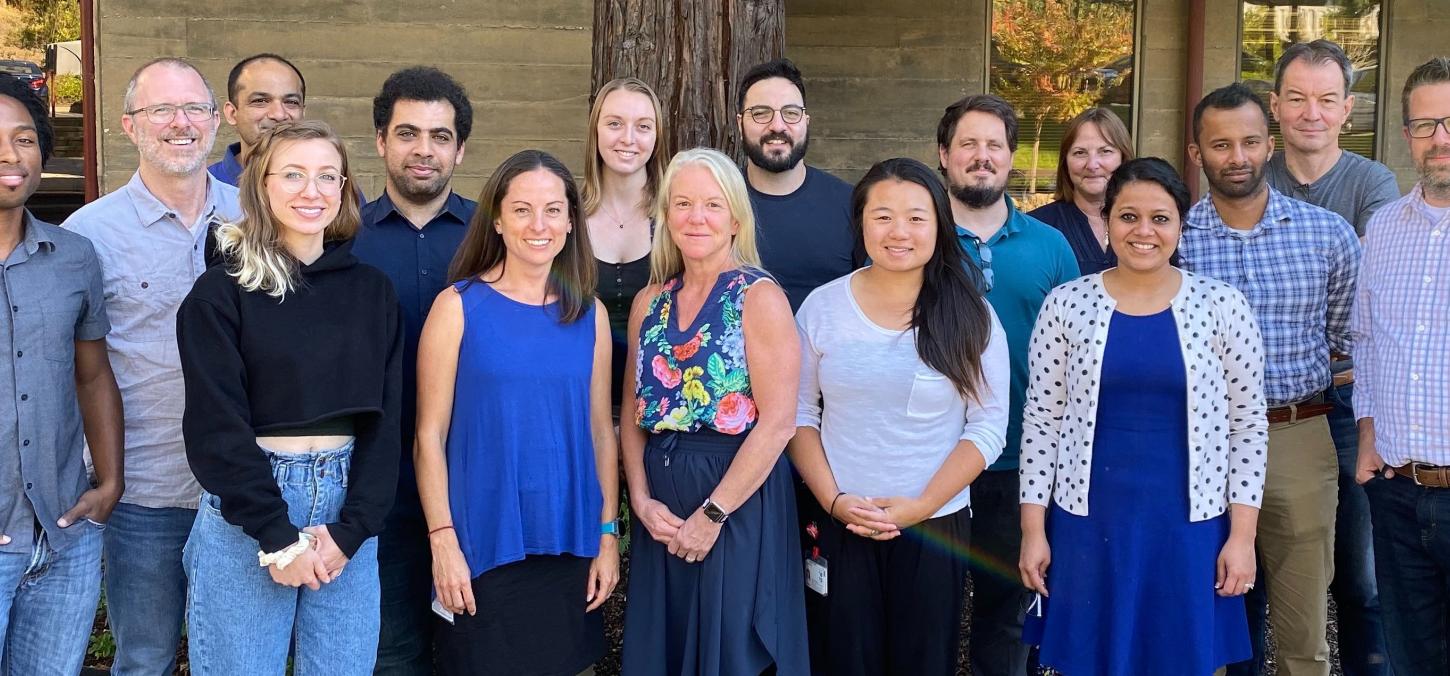
International research collaboration to hunt for a biological signature of chronic pain in adolescents
NIH awards $9 million to a two-phase team project with the University of Toronto, the Hospital for Sick Children, Stanford University and the Cincinnati Children’s Hospital
An international research collaboration has been awarded a $9 million research grant from the U.S. National Institutes of Health to tackle the complex problem of chronic musculoskeletal pain in adolescents. The five-year research project, involving two distinct phases and an international team of researchers from the University of Toronto (assistant professor Massieh Moayedi), the Hospital for Sick Children, Stanford University, and Cincinnati Children’s Hospital, will work towards uncovering a biological signature for chronic pain — and help those for whom traditional therapies aren’t effective.
International in scope and global in its potential impact, the project represents an unprecedented opportunity to perform vital research on a largely unstudied population. “This is the first paediatric study of this magnitude,” says project co-investigator Jennifer Stinson, professor in the University of Toronto’s Faculty of Nursing and nurse practitioner at the chronic pain clinic at the Hospital for Sick Children.
The study will also shed light on a phenomenon not well understood. Up to five per cent of adolescents — that’s 3.5 million in the U.S. alone — suffer from chronic musculoskeletal pain. That pain can stem from anything from injuries to juvenile fibromyalgia and Ehlers-Danlos Syndrome, a condition affecting connective tissues in the body. “Children’s chronic pain is really, really underappreciated, in that the incidence of it is surprisingly high, but the awareness of it is surprisingly low,” says fellow co-investigator Robert Coghill, director of the Center for Understanding Pediatric Pain and professor of Pediatrics at Cincinnati Children’s Hospital Medical Center.
Not all pain is the same, though: A staggering 40 to 60 per cent of those sufferers will be considered treatment resistant. Those adolescents quickly grow into adults with chronic, untreatable pain. But by looking at chronic pain through an array of angles — brain imaging, quantitative sensory testing, immunology and psychology — the researchers hope to pinpoint which adolescents will or won’t respond to treatments, and what underlying factors may be at work in those outcomes.
The first phase of the project will gather these types of data from 250 adolescents ages 14 to 18 who suffer from chronic musculoskeletal.
A staggering 40 to 60 per cent of those sufferers will be considered treatment resistant. Those adolescents quickly grow into adults with chronic, untreatable pain.
“if we are able to capture enough measures across a whole slew of domains we can then use unbiased machine learning and [big data] algorithms to predict whether patients will respond to treatment or not,” explains Massieh Moayedi, assistant professor at the University of Toronto’s Faculty of Dentistry, a co-investigator who contributes expertise in pain and brain imaging to the project.
“A multimodal biomarker will allow us to classify those who are at high risk for pain persistence,” he adds.
If successful at pinpointing a chronic pain signature, a second phase of the study will commence, in which data from a second cohort of 125 adolescent recruits will help validate that pain signature.
“This project is really unique,” says Stinson, who also leads the iOuch lab at Sick Kids. “If we can actually find this biological signature, we have a chance to do more precision medicine based on the phenotype of that child. We’ll be able to better tailor treatment,” she adds.
Laura Simons, a psychologist and professor at Stanford University who adds expertise in psychological factors influencing children’s pain, will lead the study. “I’m very excited about the immune profiling,” says Simons, pointing to a burgeoning field of study that looks at the behaviour of immune cells after trauma or medical interventions such as surgery. Equally, Simons is “curious to see whether some of our ‘pen and pencil measures’ [of psychology] will rise to the top, to see whether they are as informative as more invasive measures.”
While each of the teams will perform their series of tests on their adolescent recruits, Stanford University and the Stanford University Medical Centre will additionally collate the data and perform data analysis on the results. The data will remain at Stanford, where the researchers will begin collating one of the world’s largest biobanks of multimodal paediatric pain data for future studies.
Patient recruitment for phase one of the study begins as early as January 2020.
Image: Laura Simon's lab at Stanford, courtesy Jesmin Ram